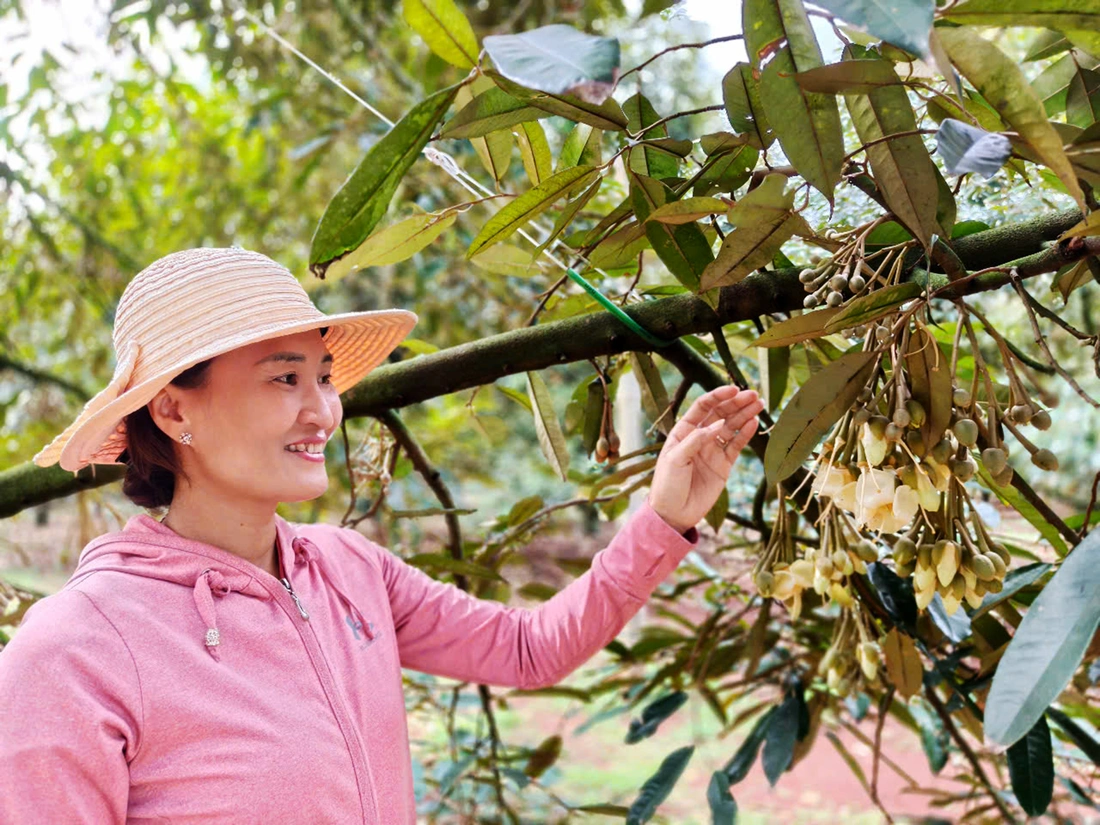
Ms. Le Thi Dao, a farmer growing 1 hectare of durian in Tan Bac village, Ea Kenh commune, Krong Pak ( Dak Lak ) - Photo: TRUNG TAN
Experts, businesses and people all affirm that honesty in production, processing and export is needed to maintain the reputation of the Vietnamese durian industry. In serious cases of fraud, criminal prosecution is needed to protect the reputation of the industry, according to Minister of Agriculture and Environment Do Duc Duy.
These solutions were presented at the Conference on developing the durian industry organized by the Ministry of Agriculture and Environment in coordination with the Dak Lak Provincial People's Committee on May 24, in the context of a sharp decrease in durian export turnover due to China tightening control of banned substances (cadmium residue and yellow O).
Vietnamese durian market share in China decreases
Mr. Nguyen Thien Van, acting chairman of Dak Lak Provincial People's Committee, said that the province currently has nearly 39,000 hectares of durian, accounting for more than 21% of the country's area, with an output of about 380,000 tons in 2024, more than half of which is officially exported.
In 2024, durian is expected to bring in nearly 3.3 billion USD, accounting for nearly 50% of Vietnam's total fruit and vegetable export turnover.
However, this figure may decrease if technical barriers are not removed, while Thailand, Malaysia, and Cambodia are accelerating exports to China. At the same time, increasingly strict technical regulations from partners are a big challenge.
According to the Ministry of Agriculture and Environment, in the first half of February 2025, Vietnam only exported about 3,500 tons of durian to China, down 80% compared to the same period in 2024.
Vietnam's durian market share in this market also plummeted, from 42% to 28%. Figures for the first four months of 2025 show that durian exports to China decreased by more than 46%, with turnover decreasing by nearly 48% compared to the same period in 2024.
The main reason is that China has tightened inspection of 100% of imported durian shipments for cadmium and yellow O - substances that can be harmful to health if the residue exceeds the threshold. Many shipments have been returned or warned. Violations and falsification of codes for growing areas and packaging facilities have also put businesses and people in a difficult position.
Mr. Hoang Trong Cuong, head of Tan Bac village (Ea Kenh commune, Krong Pak district, Dak Lak), said that many households are worried because hundreds of tons of durian that are about to be harvested have no outlet. "Growing durian takes a lot of effort and costs a lot of money, if we can't export it, we will suffer heavy losses," said Mr. Cuong.
Faced with this situation, the Dak Lak Durian Association has proposed that the Ministry of Agriculture and Environment promptly review and eliminate the violating codes so as not to affect the entire production chain. At the same time, it has requested the Government to support the expansion of new markets, investment in deep processing, and building a sustainable Vietnamese durian brand.
"The Ministry needs to coordinate to inspect and thoroughly handle violations of codes for growing areas and packaging facilities. At the same time, it is recommended that China eliminate 100% inspection to reduce costs and pressure on businesses," said the association representative.
Will guide on cadmium residue and yellow O
How to deal with fraud in durian export?
Mr. Nguyen Thien Van proposed to complete the legal framework for monitoring the quality of exported agricultural products, including the process of granting codes for growing areas, packaging facilities and regulations on safety thresholds.
He also proposed to recognize local testing labs to shorten the time and cost of sending samples to Hanoi or Ho Chi Minh City. "If the provincial testing lab is recognized, we can support businesses and farmers to check the quality right before shipping," said Mr. Van.
Meanwhile, Mr. Huynh Tan Dat, Director of the Department of Crop Production and Plant Protection (Ministry of Agriculture and Environment), said that the ministry has directed localities to strengthen inspections and strictly handle violations.
The ministry is also negotiating with China to expand growing areas, recognize more packaging facilities, and soon issue guidelines on cadmium and yellow O residues. "If growing areas and quality are not strictly controlled, exports could be halved," Mr. Dat warned.
Minister Do Duc Duy said he had requested strict control over the quality of durian from the cultivation stage to each export container. He admitted that there were still many growing areas and packaging facilities that did not fully meet the requirements for quality and traceability, causing some shipments to be returned, reducing the reputation of the industry.
The Ministry has worked with Chinese Customs to issue 829 additional growing area codes and 131 packaging facility codes and will continue to strengthen inspections to strictly handle violations.
However, he also expressed concern that more than 90% of Vietnam's durian output depends on the Chinese market - a place with favorable logistics but with many potential risks, especially during the peak harvest season. The Ministry is also actively researching solutions to diversify markets, finding opportunities to export to Japan, the Middle East, South America, etc., while encouraging product diversification to minimize risks when the main market fluctuates.
Serious violations will be subject to criminal prosecution.
Regarding cadmium and heavy metal residues, the Ministry of Agriculture and Environment determined the main cause is from the land and the improper use of fertilizers and pesticides.
"We have issued a sustainable durian production process, controlling from planting to export, requiring inspection and strict handling of the use of banned substances to polish the fruit. Serious violations will be criminally prosecuted," Minister Do Duc Duy affirmed.
The Ministry also encourages businesses to invest in deep processing factories to increase added value and reduce seasonal pressure. At the same time, it is coordinating with China to unify the quality inspection process from the growing area to the border gate, ensuring transparency and convenience in durian export.
In addition, the ministry has designated 50 qualified testing laboratories, but China has only recognized 5 for cadmium and 5 for yellow O. Sampling is not uniform, while China still tests the durian shell (the inedible part), causing the results to not reflect the actual quality. When violations were discovered, they immediately suspended the testing laboratory.
Durian prices drop, gardeners worried
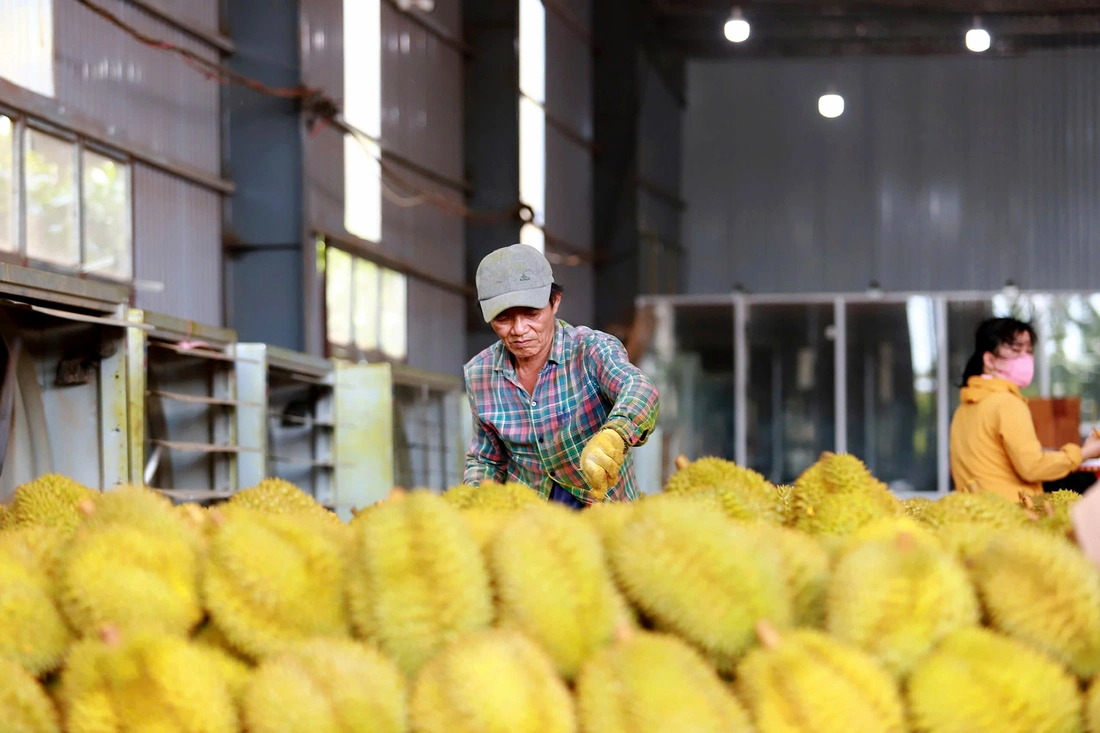
Durian for export in Dak Lak - Photo: TRUNG TAN
At this time, the Southeast region is gradually entering the beginning of the durian harvest season, but many farmers are worried because in addition to the price being much lower than last year, the number of traders looking to buy and closing gardens to deposit has decreased significantly.
According to Mr. Nguyen Van Duc (Phu Giao, Binh Duong), after June, the strong harvest season of Ri6 durian and then Thai durian (two main varieties) will begin. However, the price offered by traders and businesses is currently only 33,000 - 40,000 VND/kg of Ri6 and 60,000 - 70,000 VND/kg of Thai depending on the type (wormy, deformed, substandard fruit costs half the price). The above price is about 20 - 25% lower than last year.
Meanwhile, Mr. Tran Thanh Son (Cai Lay, Tien Giang) said that more than 1.5 hectares of Ri6 durian this year yielded only over 6 tons, down more than 30% compared to last year. In addition to the decrease in output, the selling price also decreased by more than 30% compared to last year. Even in the last off-season, many gardens only sold for about 50,000 - 70,000 VND/kg, while in the previous season, traders went to the gardens to compete to buy at 120,000 - 160,000 VND/kg.
According to many businesses, the durian business situation this year is very risky, so they are not willing to buy and export to China. In the past two years, many shipments have suffered losses.
Source: https://tuoitre.vn/kiem-soat-chat-chat-luong-sau-rieng-tu-khau-trong-trot-den-tung-container-xuat-khau-20250524230652565.htm



![[Photo] President Luong Cuong receives Vice President of the Cambodian People's Party Men Sam An](https://vphoto.vietnam.vn/thumb/1200x675/vietnam/resource/IMAGE/2025/5/25/6f327406164b403a8e36e8ce9d3b2ad2)

![[Photo] President Luong Cuong receives Lao Vice President Pany Yathotou](https://vphoto.vietnam.vn/thumb/1200x675/vietnam/resource/IMAGE/2025/5/25/958c0c66375f48269e277c8e1e7f1545)
![[Photo] Prime Minister Pham Minh Chinh meets the Vietnamese community in Malaysia](https://vphoto.vietnam.vn/thumb/1200x675/vietnam/resource/IMAGE/2025/5/25/1f11d1256d7745a2a22cc65781f53fdc)
![[Photo] Memorial service for former President Tran Duc Luong in Ho Chi Minh City](https://vphoto.vietnam.vn/thumb/1200x675/vietnam/resource/IMAGE/2025/5/25/c3eb4210a5f24b6493780548c00e59a1)
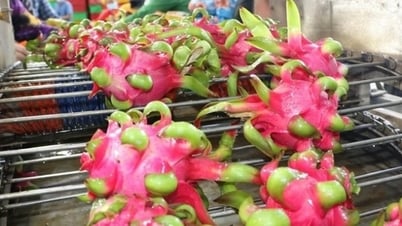

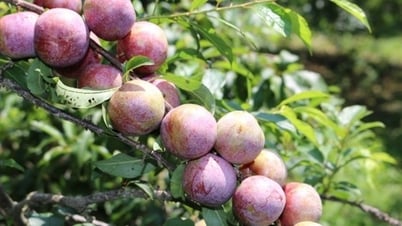
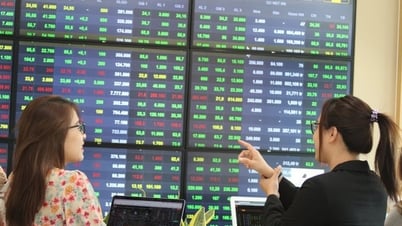

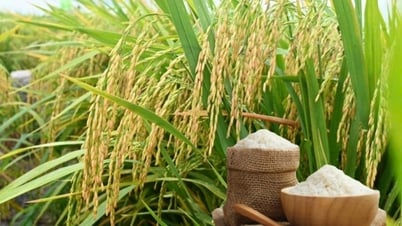
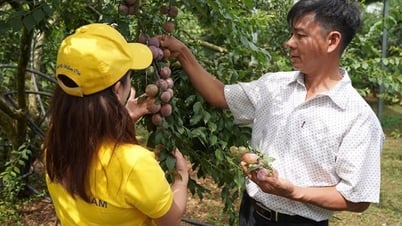
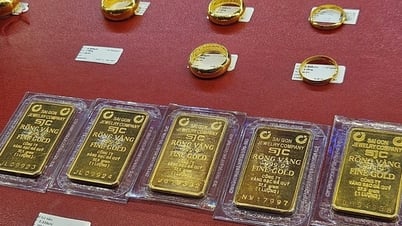










![[Photo] Panorama of the memorial service for former President Tran Duc Luong](https://vphoto.vietnam.vn/thumb/1200x675/vietnam/resource/IMAGE/2025/5/25/d33968481f21434fa9ed0df48b9ecfa9)




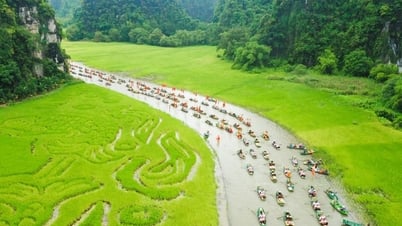
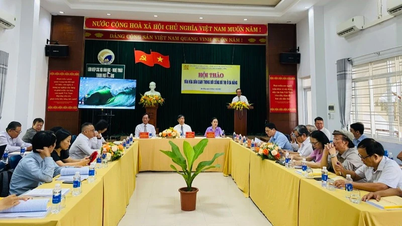












































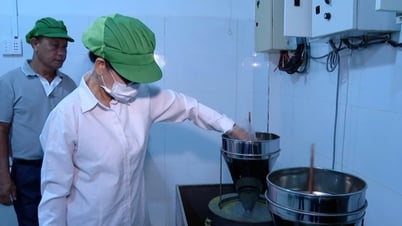








Comment (0)